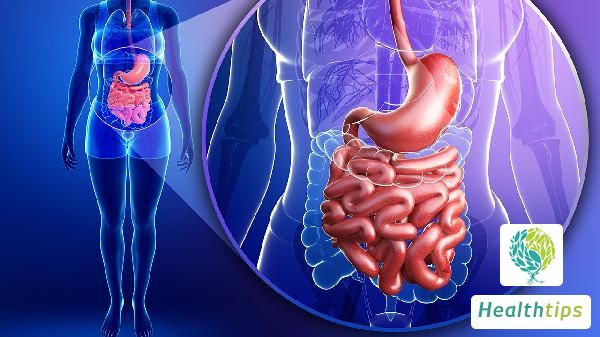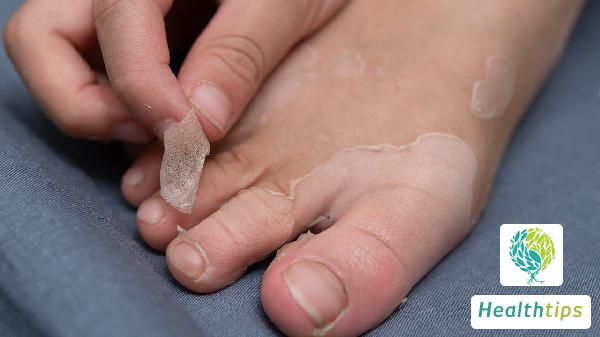"When is the Best Time to Enjoy Crabs? Discover the Healthy 3-2-1 Rule for Crab Consumption"
Optimal Time for Eating Crabs: Mainly Autumn

Crabs are considered extremely cold food items, and improper consumption may pose health risks. To enjoy crabs satisfactorily and healthily, it's crucial to learn the "321 Rule" for crab eating.
I. The Most Suitable Time for Eating Crabs: Autumn
Autumn is the breeding season for crabs. During this period, crab meat is particularly delicious, the crab roe is plump, and the nutritional value is high. Additionally, autumn's moderate temperatures are conducive to crab growth. In contrast, crabs in spring and summer are undergoing molting and growth, during which most nutrients are directed towards forming new shells. Consequently, crab meat is thinner, and both its taste and nutritional value are inferior. Winter crabs, having passed their prime eating season, may exhibit thinner meat and reduced crab roe.
II. The 321 Rule for Eating Crabs
(1) Three Ideal Companions
Traditional Chinese medicine views seafood, including crabs, as cold in nature, potentially causing gastrointestinal issues such as spleen and stomach damage, nausea, vomiting, abdominal pain, and diarrhea. Hence, when eating seafood, it's crucial to incorporate three companions: ginger, vinegar, and wine. Dipping crab meat in ginger and vinegar or even consuming some wine while eating crabs is advisable. Ginger warms the middle-jiao (the spleen and stomach region), dispels cold, and detoxifies. Vinegar eliminates the fishy taste of crab meat, while wine kills bacteria, dispels cold, and promotes blood circulation. Together, these three elements ensure gastrointestinal comfort.
(2) Two Ideal Types of Wine
Choosing the right wine to pair with crabs is also crucial. Both Western and Eastern wines complement crabs well. In the world of wine, seafood is often perfectly paired with white wine. Westerners discovered early on that drinking white wine with seafood reduces the risk of food poisoning. This tradition has evolved into a habit of consuming seafood with white wine, which also applies to hairy crabs. White wine's crisp flavor complements the delicate taste of hairy crabs. In China, yellow rice wine has traditionally been considered the perfect match for crabs due to its ability to warm the stomach and promote blood circulation, counteracting crabs' naturally cold nature. The freshness of crab meat and the mellowness of yellow rice wine create a harmonious flavor profile.
(3) The Most Nutritious Cooking Method
Steaming is nearly the optimal cooking method for preserving nutrients. Unlike boiling or frying, steaming minimizes nutrient loss by preventing them from dissolving into the soup and avoiding excessively high temperatures. When steaming crabs, the heating temperature does not exceed 100°C, leading to minimal thermal decomposition and oxidation losses, eliminating the need for oil, and ensuring a healthy preparation.



















